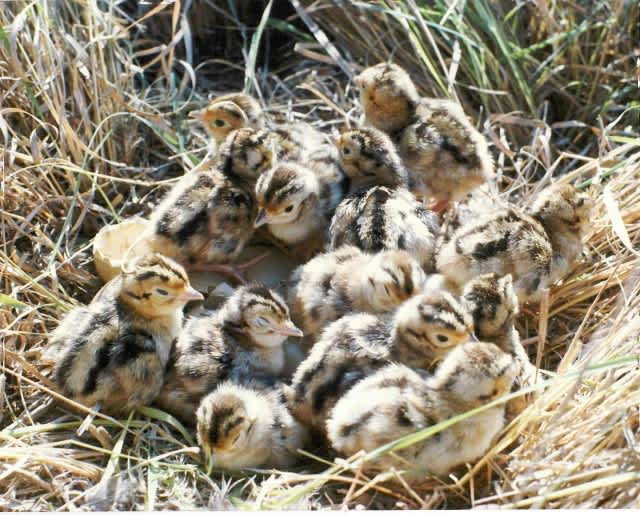Iowa’s Promising 2012 Pheasant Nesting Outlook
Pheasants Forever 06.14.12

Iowa’s pheasant population is expected to increase for the first time in six years, according to the Iowa Department of Natural Resources.
The rosier outlook is buoyed by a mild winter and warm spring. The Iowa Department of Natural Resources’ nesting forecast, that plugs current weather conditions into a model with 50 years of corresponding data, predicts Iowa’s pheasant population will increase by more than 40 percent.
“We should see our first statewide pheasant increase in more than six years,” said Todd Bogenschutz, upland wildlife biologist for the Iowa DNR.
“This is the best combination of winter and spring weather we’ve seen for ground nesting birds since 2003. Over the last 50 years we’ve seen similar weather conditions to this past winter and spring about six times and the average increase in pheasant populations those years was 42 percent.” Bogenschutz said this model is correct about 80 percent of the time.
The favorable spring will allow upland bird populations to expand and reoccupy available grassland habitats where they have been depleted over the last five severe winters, said Bogenschutz.
Unfortunately Iowa has seen a significant drop in general Conservation Reserve Program (CRP) habitat, falling from 1.97 million acres in 2007 to 1.66 million acres last fall. However, Iowa has not faired as bad as other states like Minnesota and the Dakotas, where CRP loses have been even greater.
Iowa has also had a couple of very successful continuous CRP sign-ups – thanks in part to Pheasants Forever’s 12 Farm Bill biologists in the state – and just submitted a new proposal to the U.S. Department of Agriculture (USDA) targeted at recovering pheasant populations in Iowa. USDA will also roll out a new highly erodible lands continuous CRP program this summer and Iowa should be very competitive with these acres. If approved both of these continuous CRP practices should help recovery pheasant populations.
View Pheasants Forever’s complete state-by-state nesting conditions field report here.

